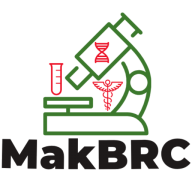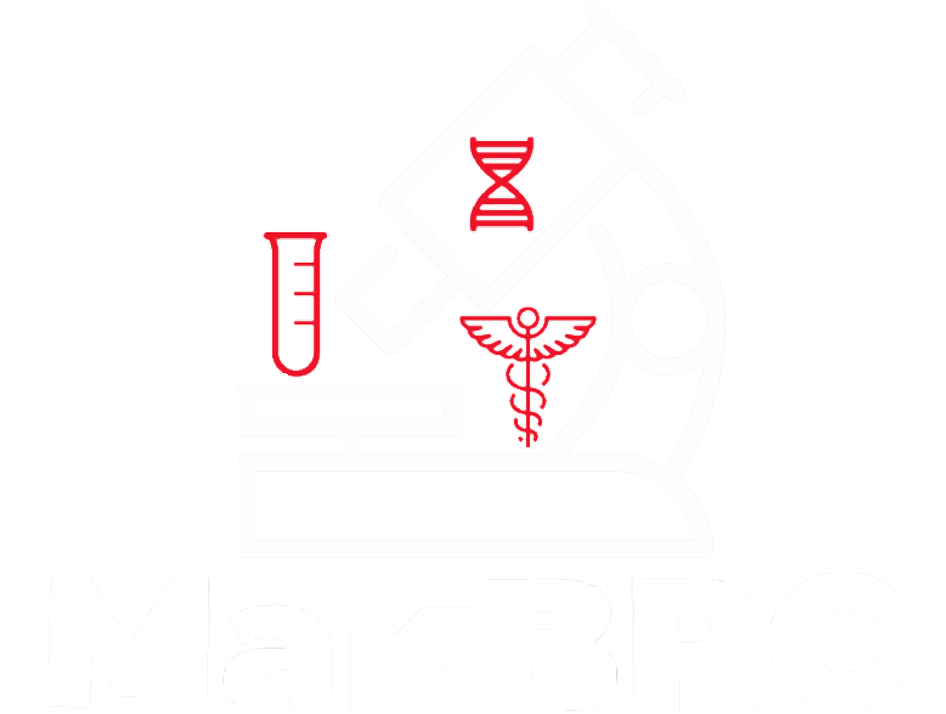Our strategy seeks to harness the momentum around testing for COVID-19, exploiting emerging digital innovations, and building on our organization’s 20-year experience as a product development partnership focused on diagnosis of tuberculosis (TB), malaria and fever management, hepatitis C, and neglected tropical diseases (NTDs).
Our end-to-end alliance model builds on the Access to COVID-19 Tools (ACT) Accelerator framework to maximize impact, from innovation to implementation.
In support of universal health coverage (UHC), our goal is to expand primary care testing to combat diseases that disproportionately affect vulnerable populations. Reducing the huge diagnostic gaps in TB, hepatitis, antenatal screening for both infectious and non-communicable diseases (NCDs), fever, pneumonia and NTDs will save lives and livelihoods, save health systems money, and contribute to global and national disease elimination targets.
To mitigate health emergencies, our goal is to strengthen diagnostic surveillance and response systems to contain outbreaks and improve pandemic preparedness, aligned with a One Health approach. Testing is the first line of defence against outbreaks that are becoming increasingly severe and complex. We are working to address not only recognized epidemic-prone pathogens such as SARS-CoV-2 and Ebola virus, but also the “silent pandemic” of antimicrobial resistance (AMR) by improving access to AMR testing and surveillance to safeguard drugs and reduce mortality. Our fight against COVID-19 is far from over, and requires intensified efforts to realize mass testing for test-trace-isolate implementation and sequencing-based surveillance – so that viral evolution does not jeopardize progress.
Alongside our efforts to serve diseases and populations, we are working to strengthen the diagnostic ecosystem. This includes sequencing to improve surveillance and diagnosis, fostering an integrated biobank network to facilitate diagnostic development and implementation across diseases, and diagnostic network design and optimization so that data can be maximized to deliver context-specific testing strategies.
To enable accountability from all parties, we aim to cement the essential place of diagnostic testing within health systems through political commitments at the highest levels.
This end-to-end scope requires a robust, transparent business model built for diagnostic sustainability, designed to harness collective action and create a virtuous cycle of technology innovation (supply of new or improved tools) and access innovation (demand from countries).
Read More

